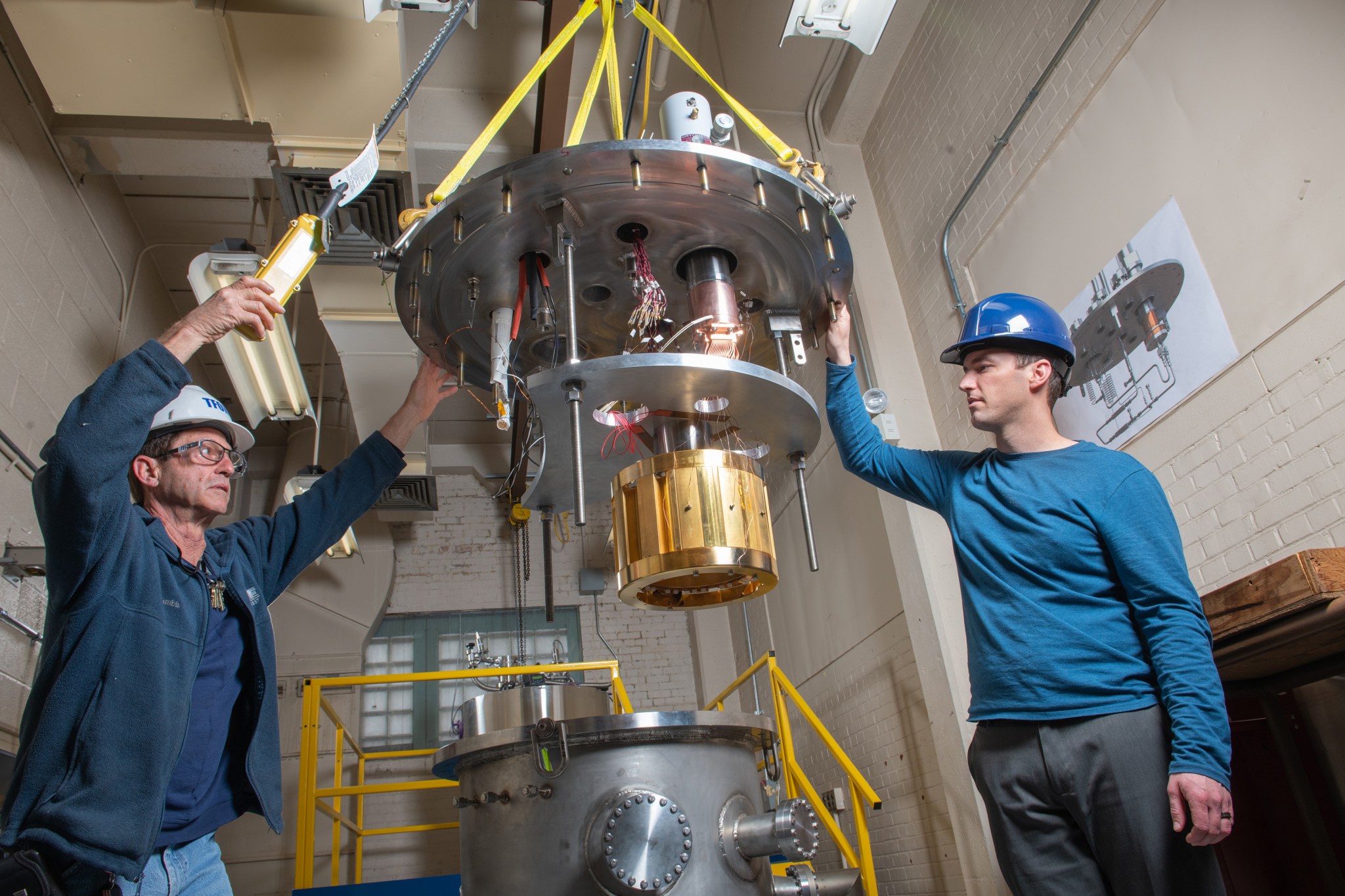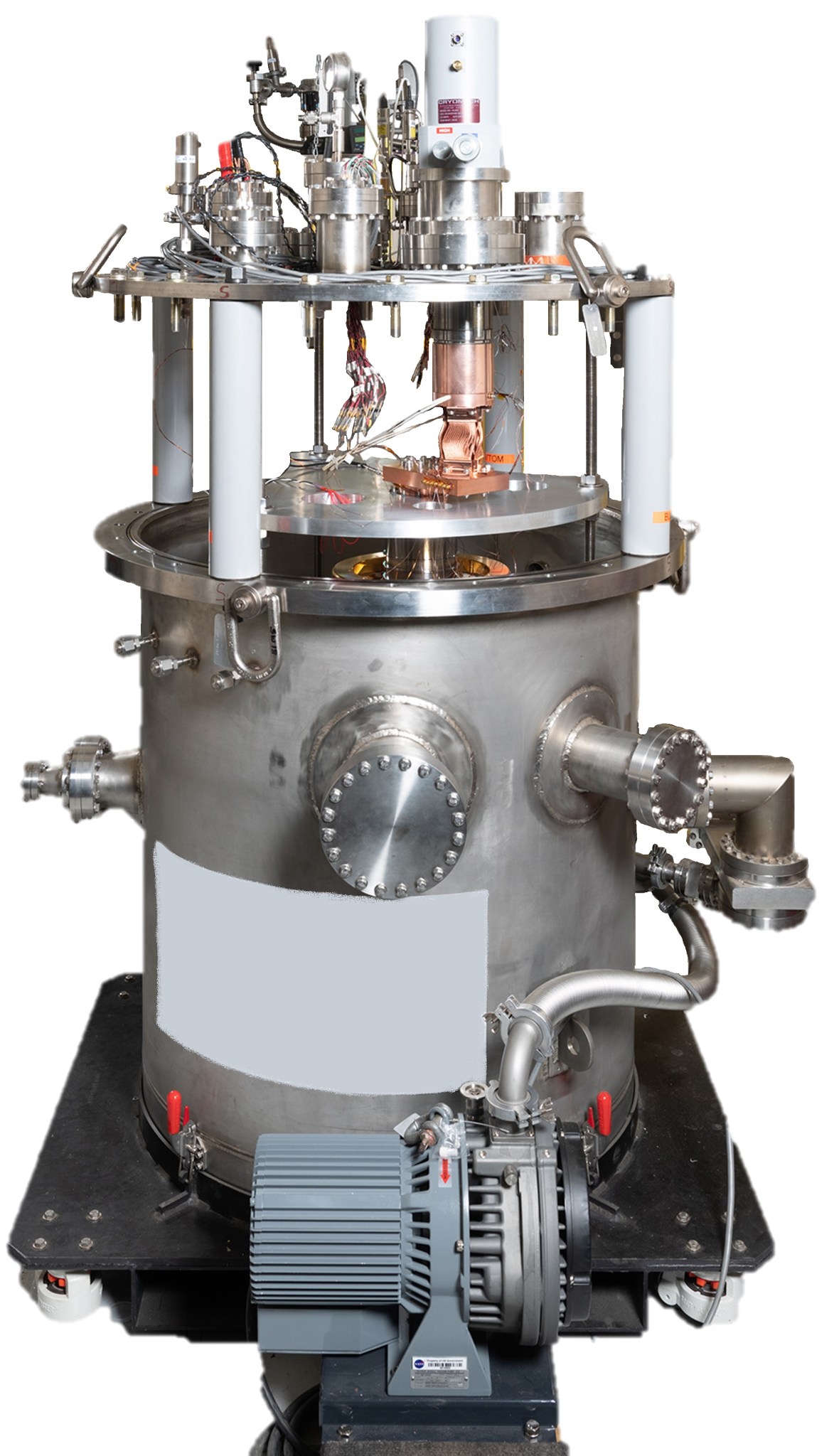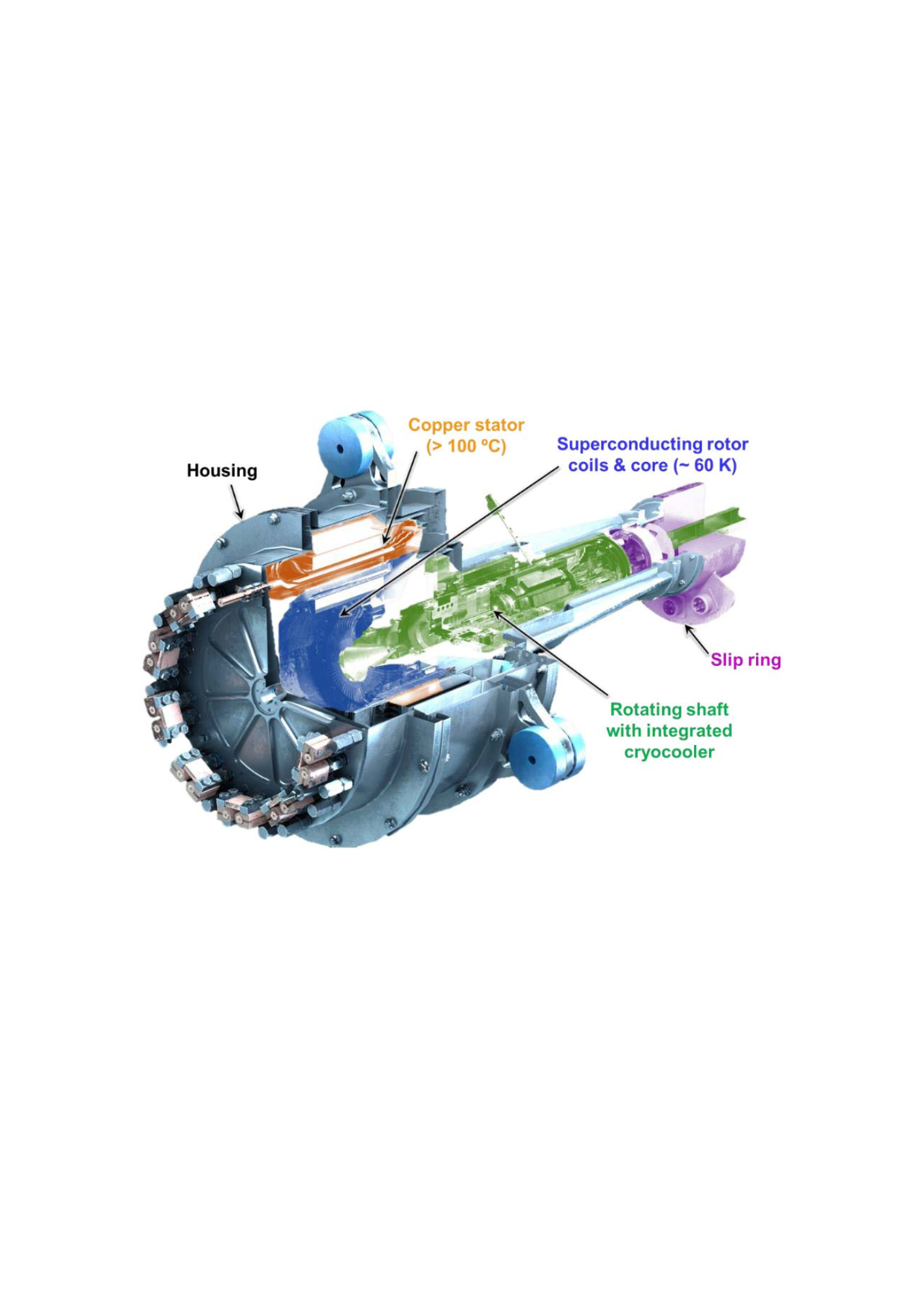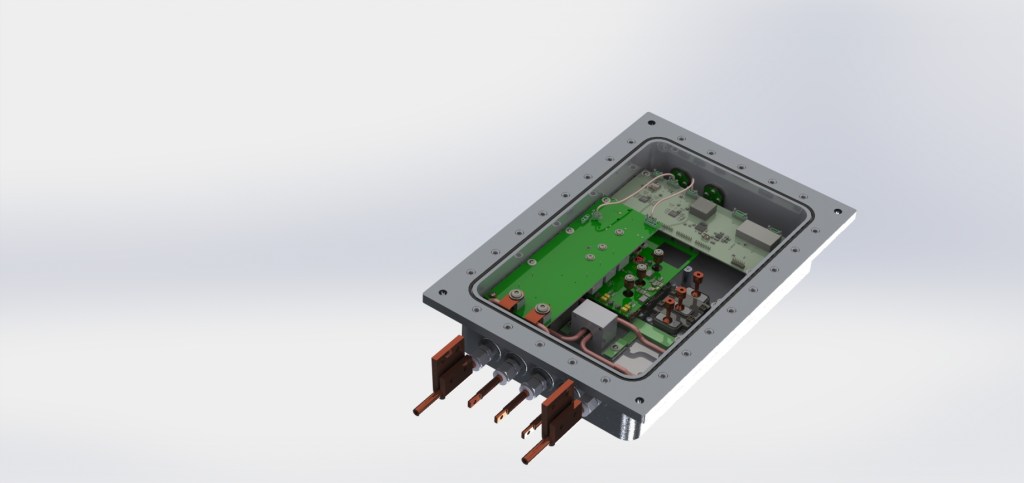ICE-Box
Integrated Cryogenically-Cooled Experiment Box
The Integrated Cryogenically-Cooled Experiment Box (ICE-Box) is a unique cryogenic testing rig at NASA’s Glenn Research Center in Cleveland that enables quick, low-cost methods for conducting low-temperature tests on aircraft components.
Quick Facts
Overview
Unlike larger, traditional cryogenic testing facilities, the ICE-Box is a simple, transportable system that operates without the use of hazardous cryogenic fluids and allows non-cryogenic experts to easily perform rapid component testing.
The ICE-Box uses electrical cryocoolers and trim heaters to easily adjust testing temperatures anywhere from 12 degrees Kelvin (K) to 130 K, eliminating the need to constantly switch between multiple working fluids.
This reconfigurable system is primarily electrical and uses gaseous helium as the sole circulating fluid to maintain cryogenic temperatures.
The ICE-Box rig is currently being used for testing performance of superconducting wires and coils and will play a critical role in making cryogenic testing more efficient for future electrified aircraft system testing.
System Capabilities
Dimensions
0.864-meter (m) diameter, 1.22 m tall
Temperature Range
12 K to 130 K (capable of simulating temperatures of liquid hydrogen, liquid nitrogen, liquid oxygen, and liquid methane)
Subsystems
Cryogenic Vessel: The primary component of the system that houses the test subject.
Vacuum System: Helps create a high vacuum within the cryogenic vessel and establishes the pressure conditions required for testing.
Cryocooler and Compressor Systems: Used to cool down the system and maintain temperatures required for testing. The cryocooler system contains compressor packages that compress helium gas under high pressure and cold heads that expand the compressed helium to help remove heat and maintain cryogenic temperatures. The design features a single-wall vessel using a single-stage system that removes 100 watts (W) at 25 K, and/or a second stage system that removes 40 K at 80 K.
Chiller System: Provides temperature-controlled water to absorb waste heat from the cryocooler compressor.
Data Acquisition (DAQ) and Heater Controller System: Configurable and capable of low- and high-speed acquisition rates for pressure, temperature, flow, current, voltage, torque, and magnetic/electric fields data. Temperature sensors and readers are used to monitor and maintain temperatures of the cold head and cold plate, and heater jacks help adjust temperatures up to 500 W, achieving as high as liquid methane temperatures.
Contacts
Jason Hartwig: jason.w.hartwig@nasa.gov
Justin Scheidler: justin.j.scheidler@nasa.gov



































